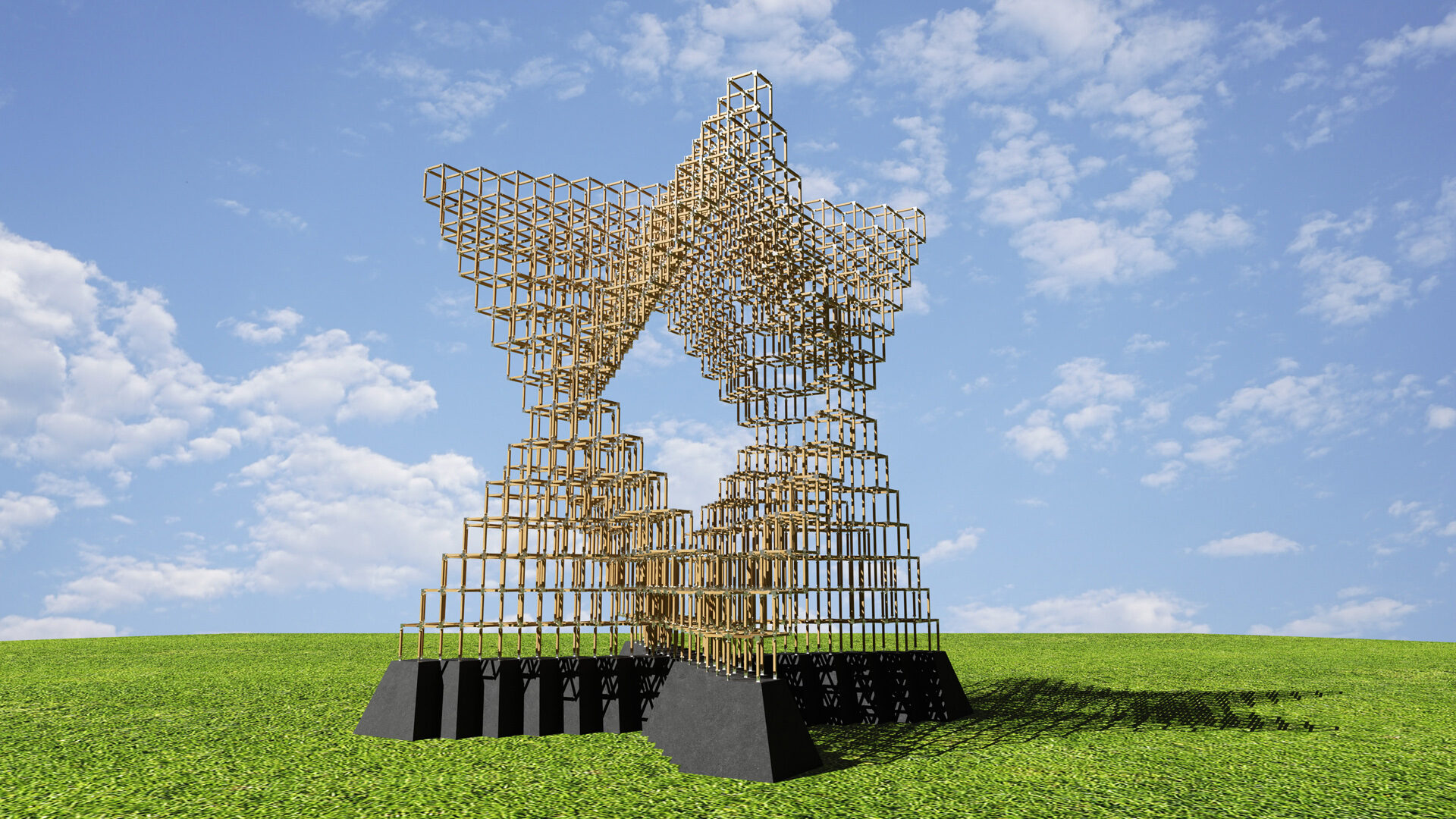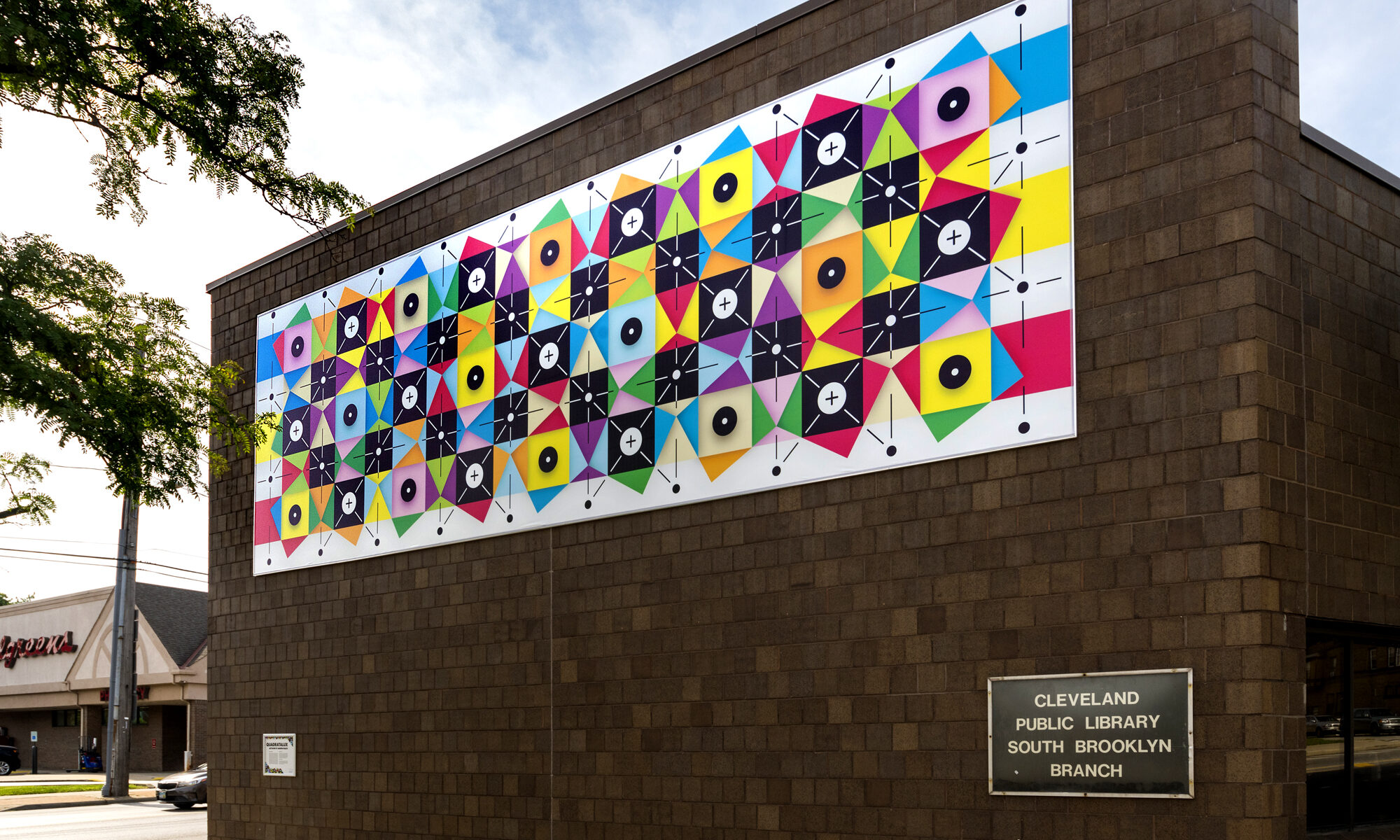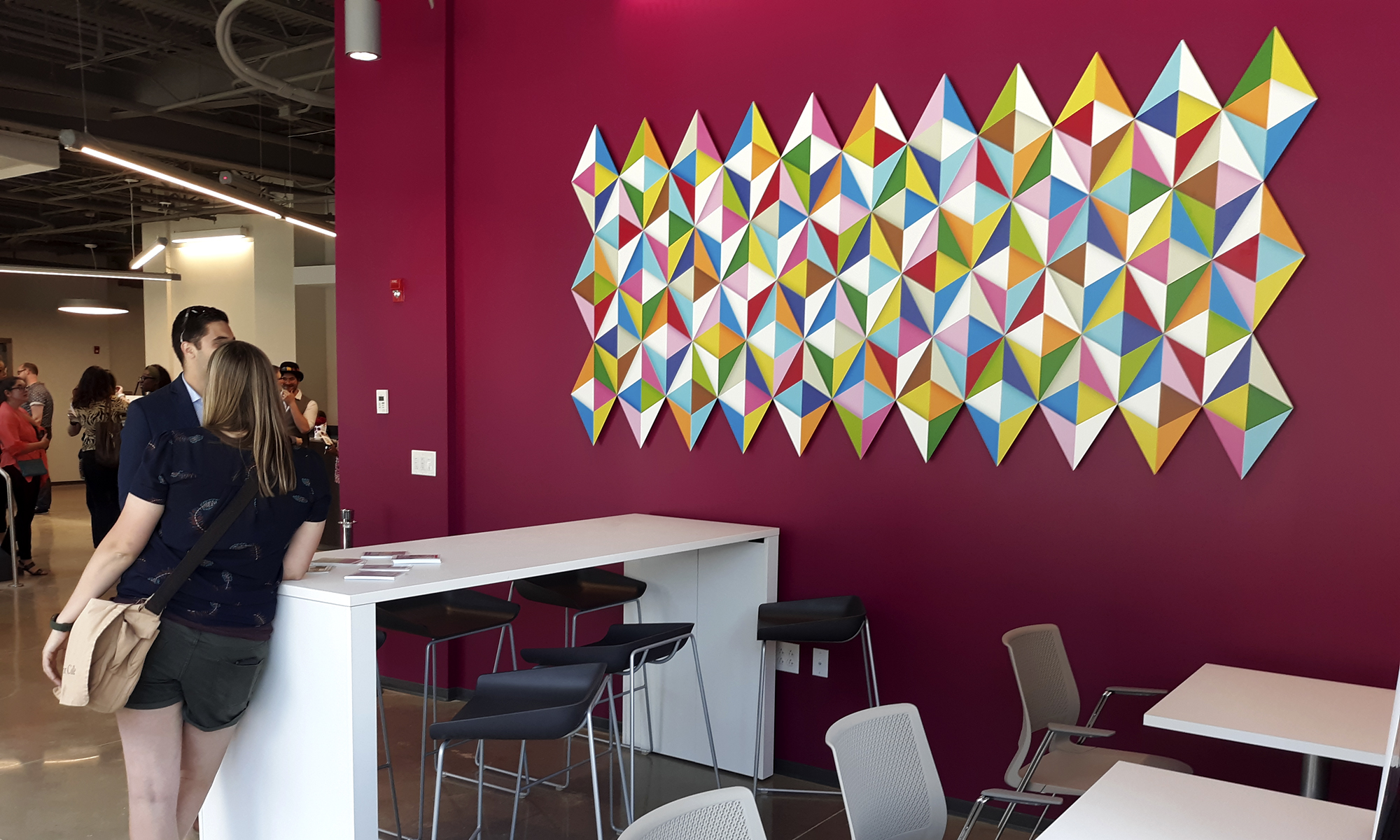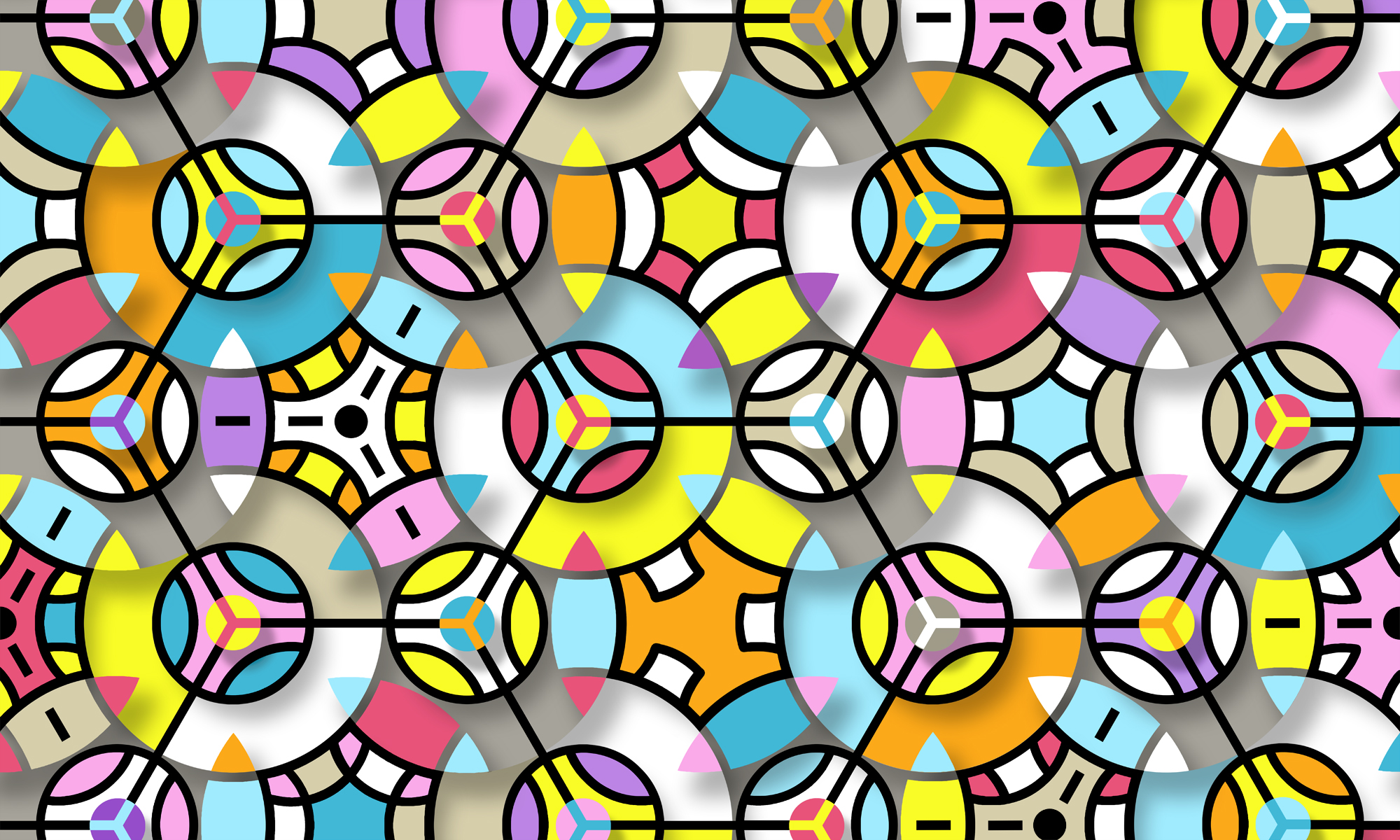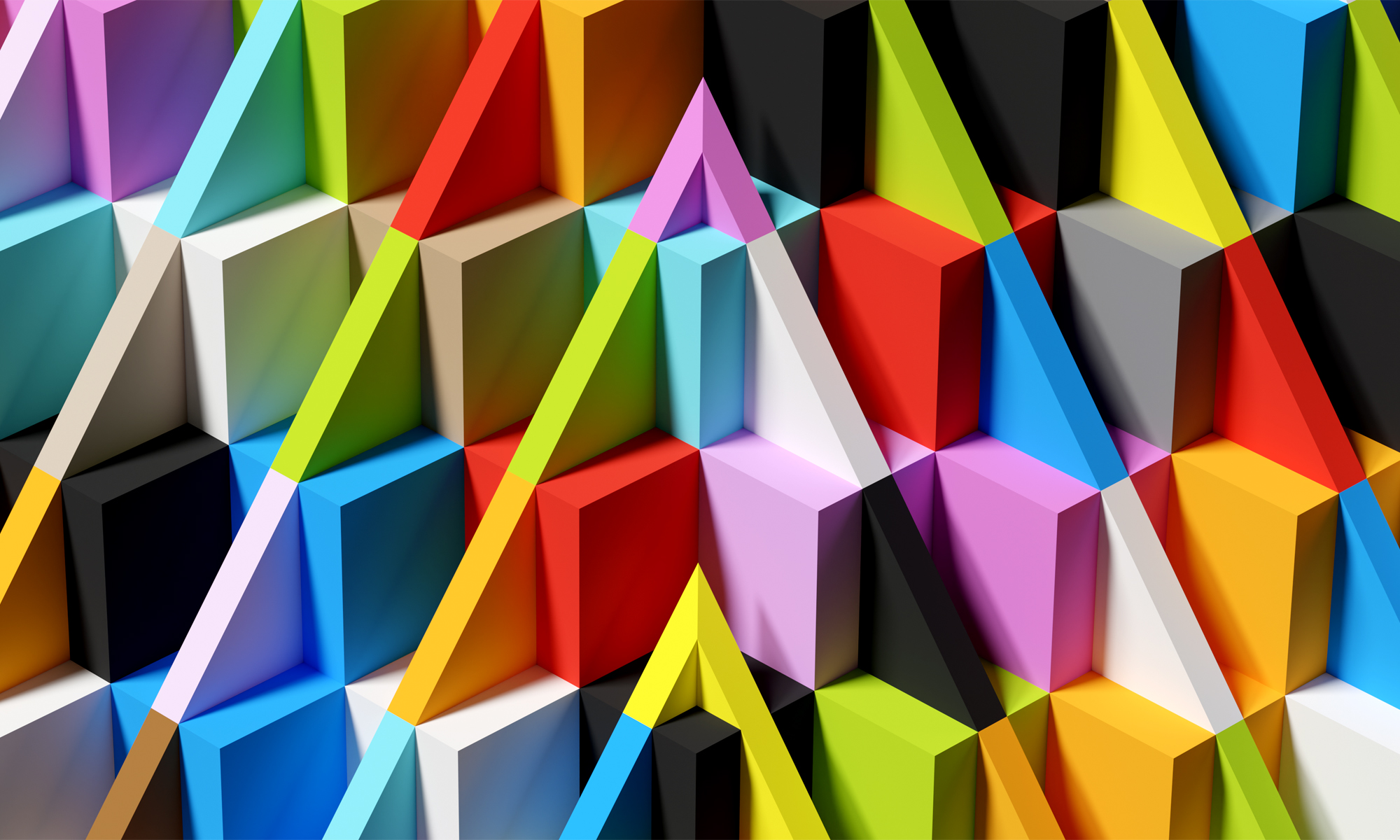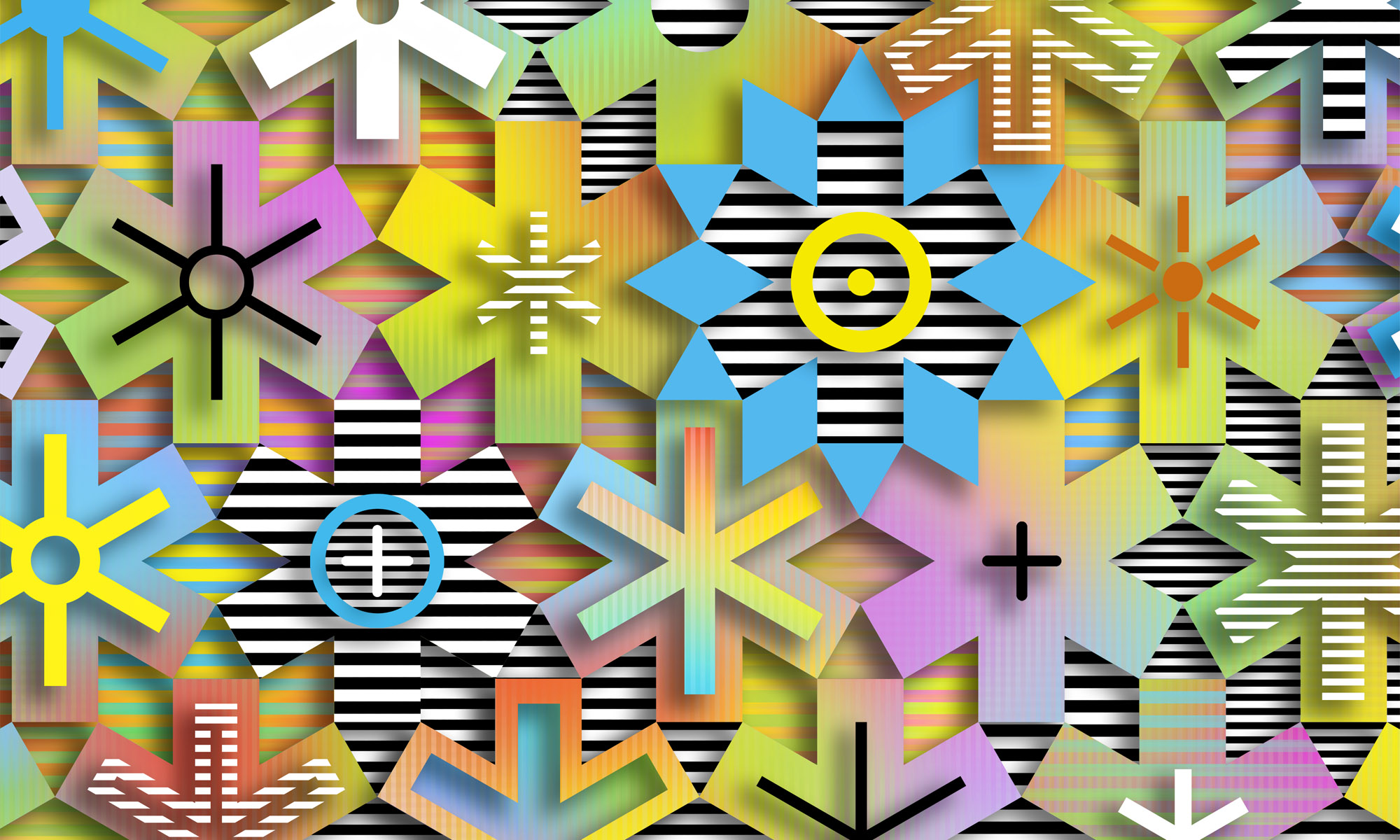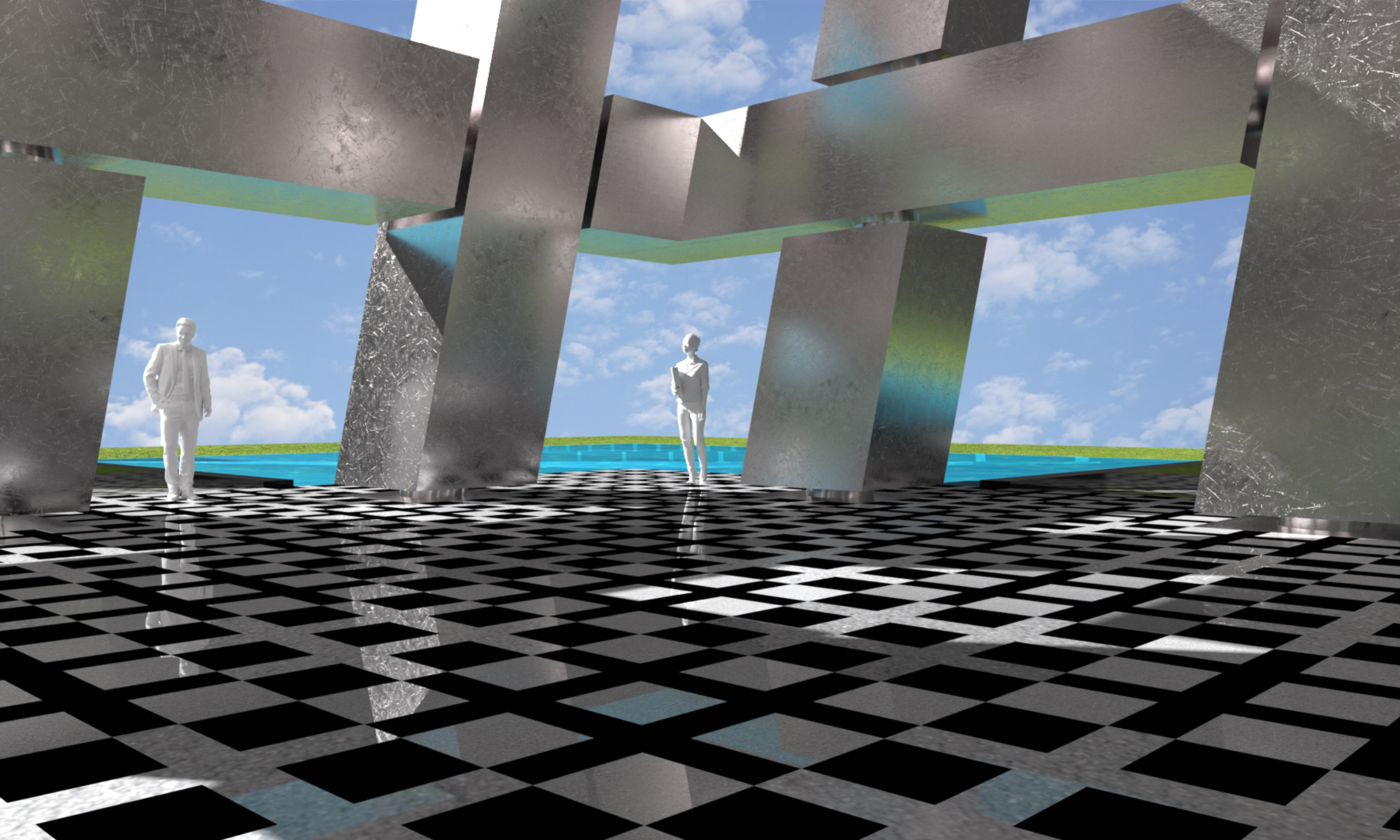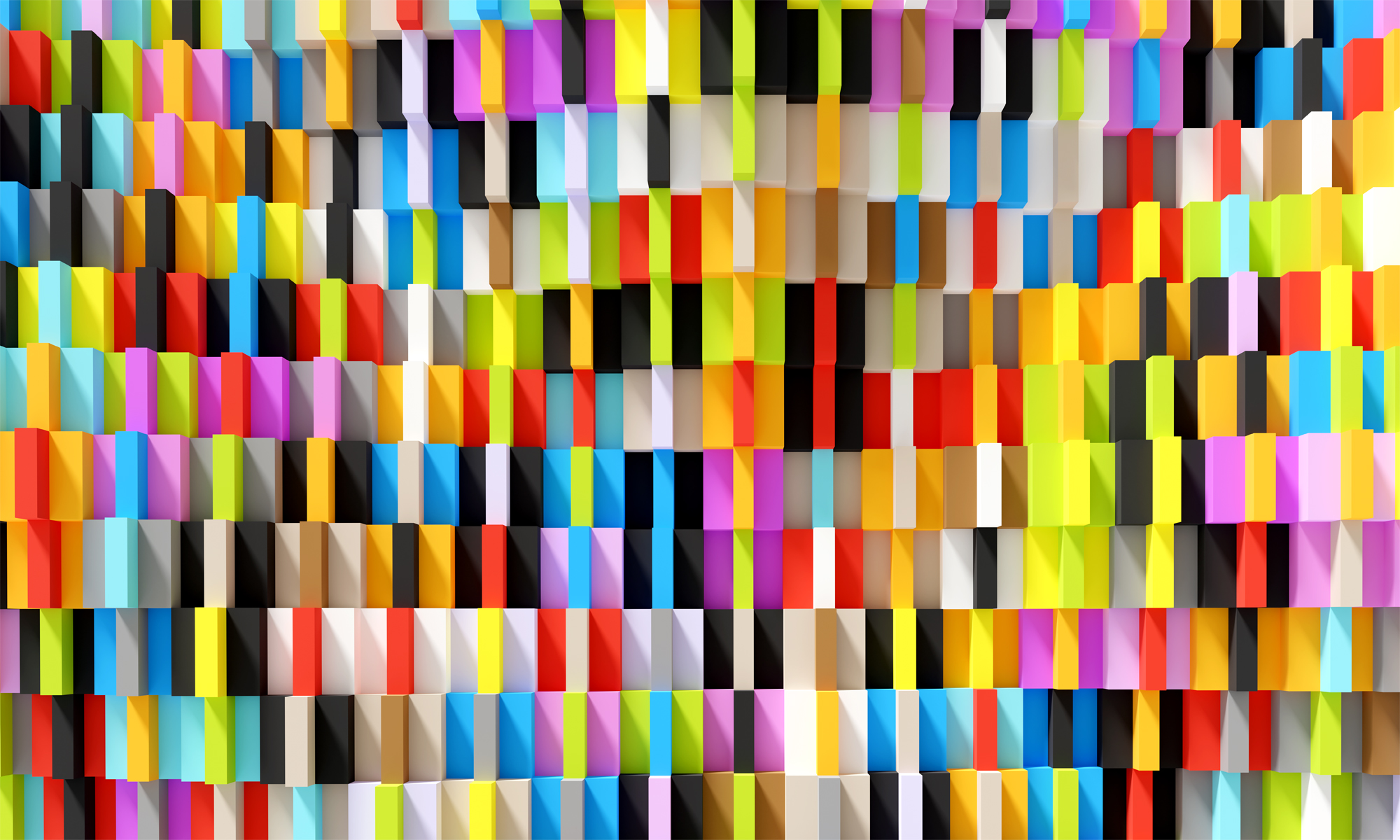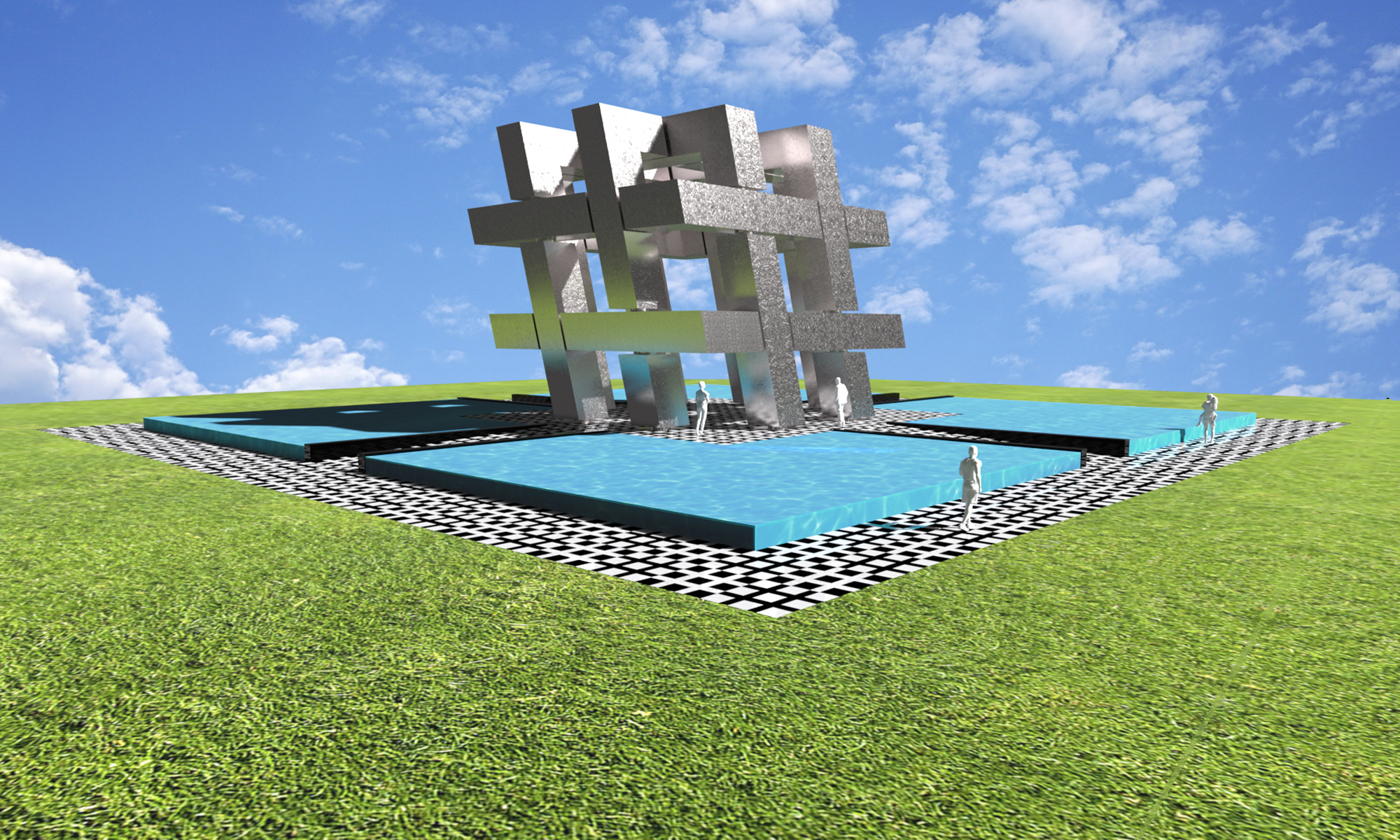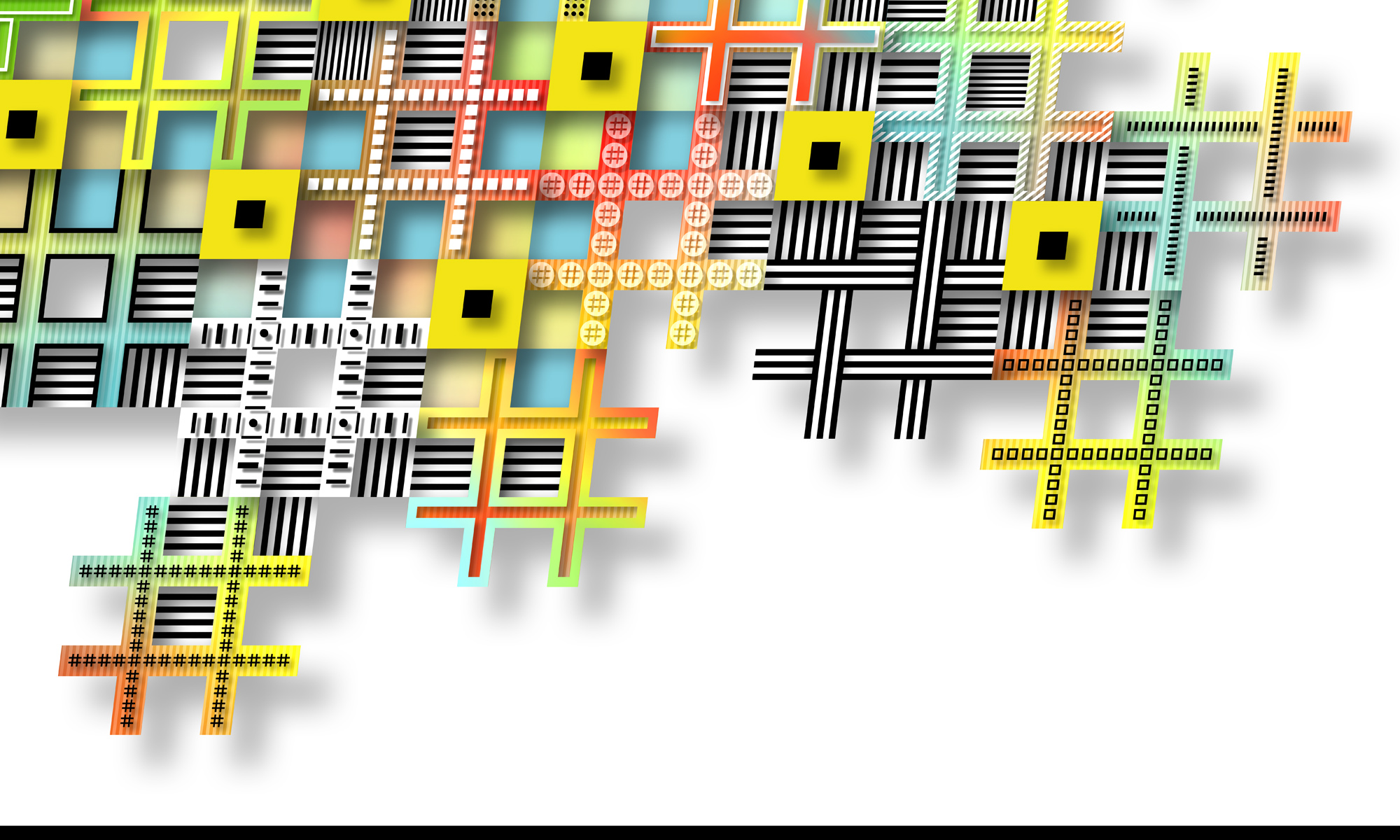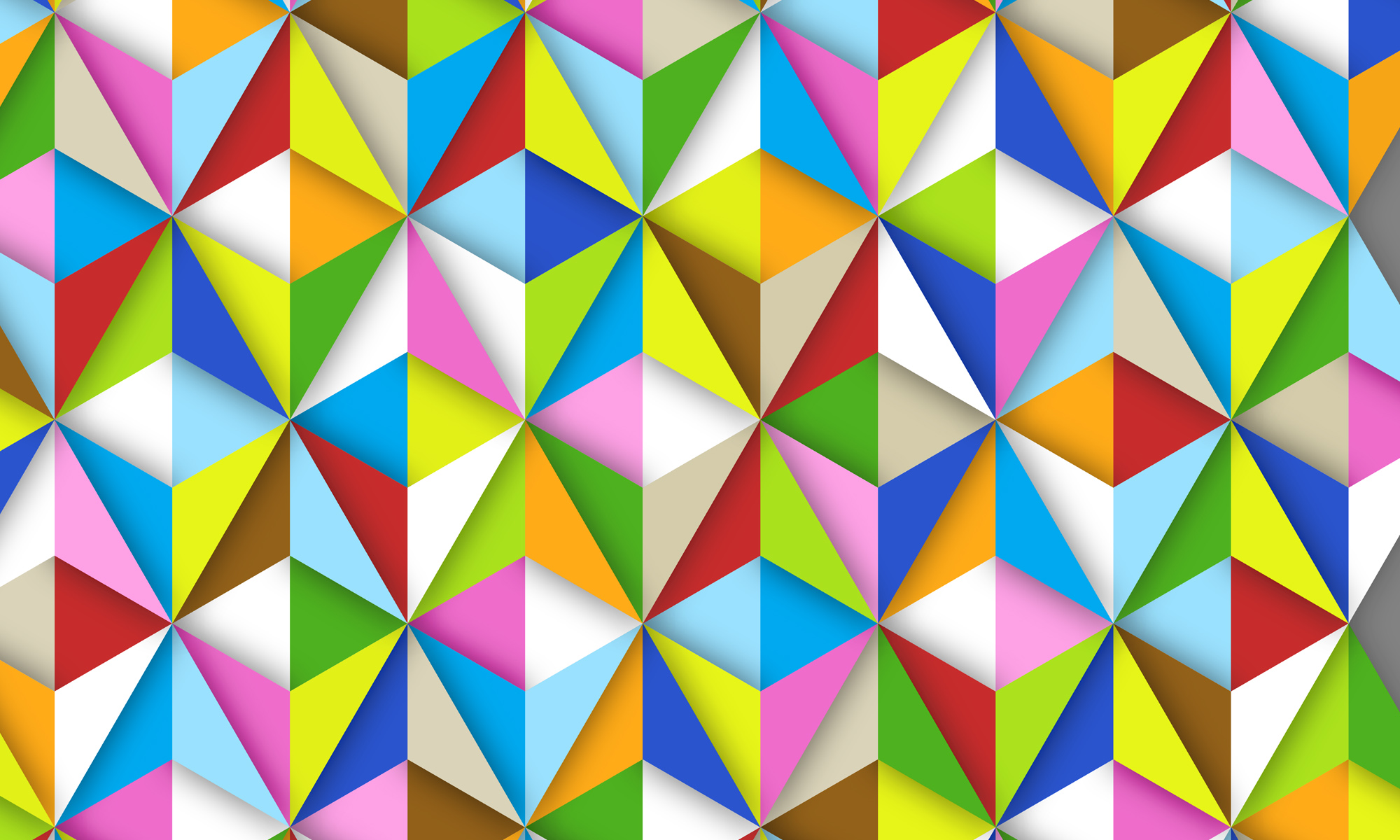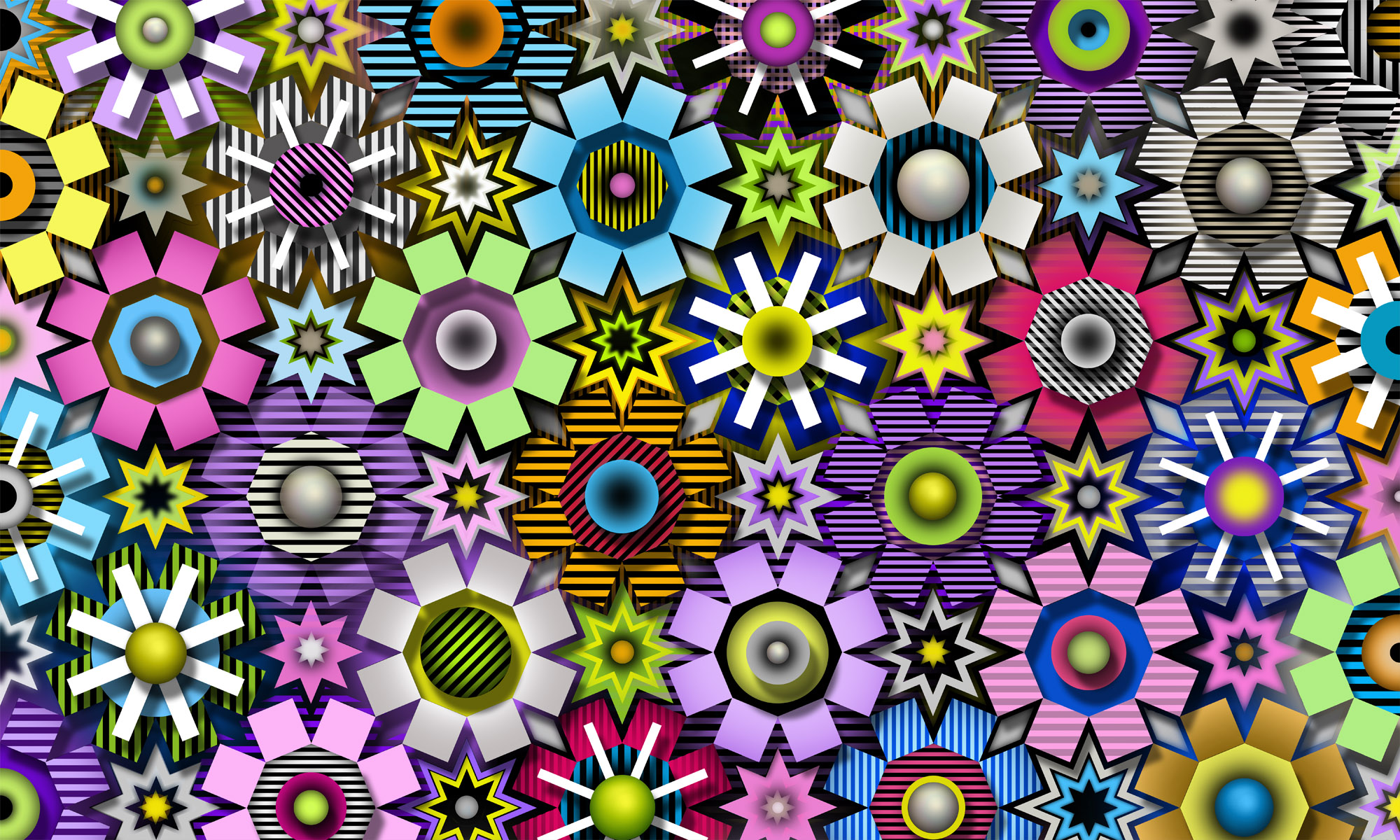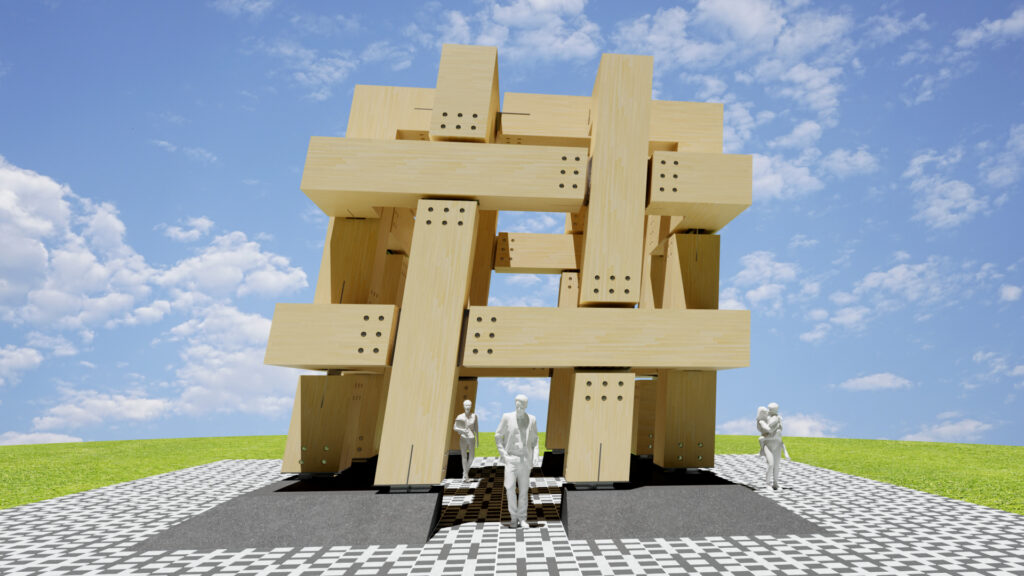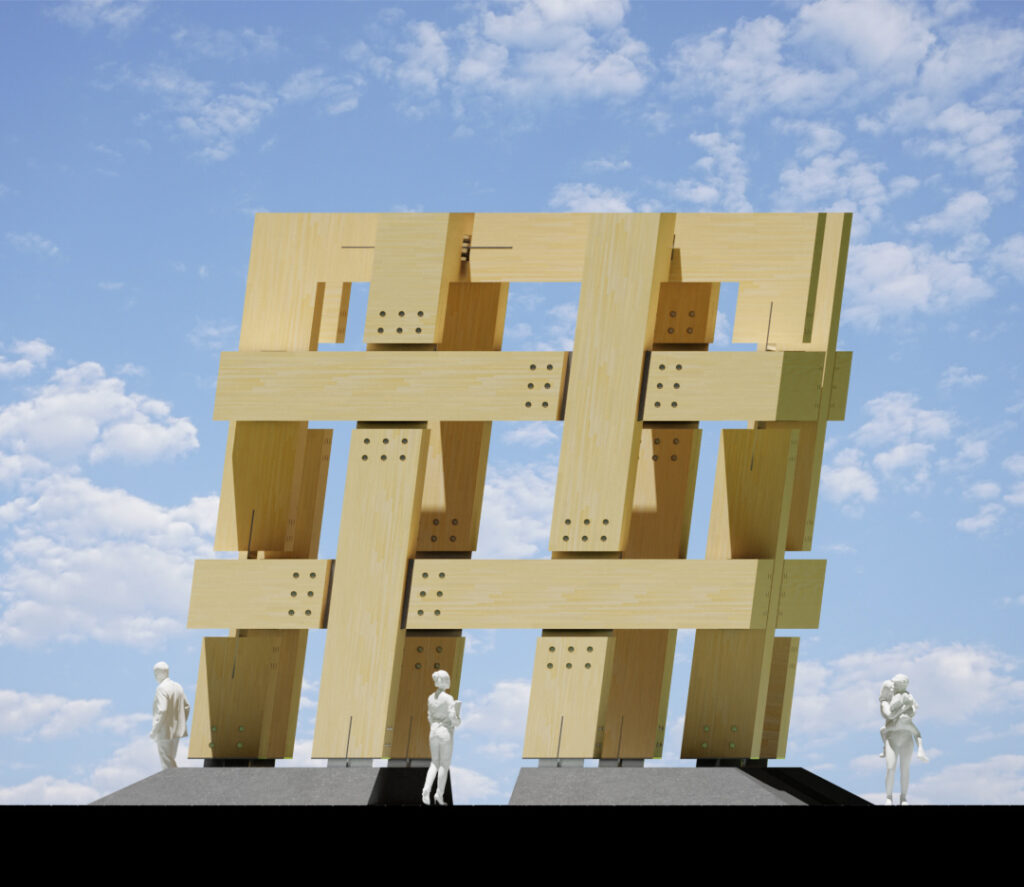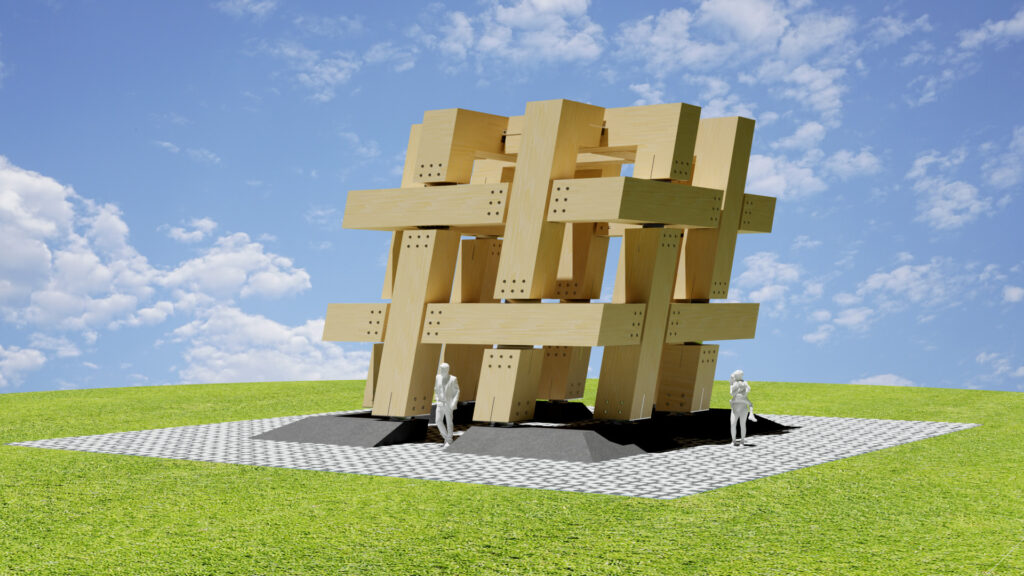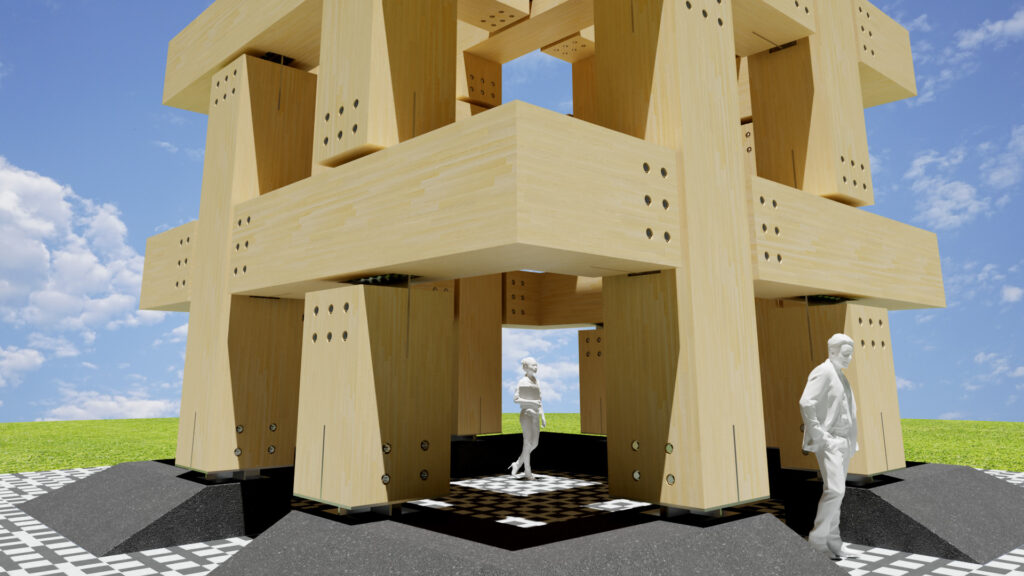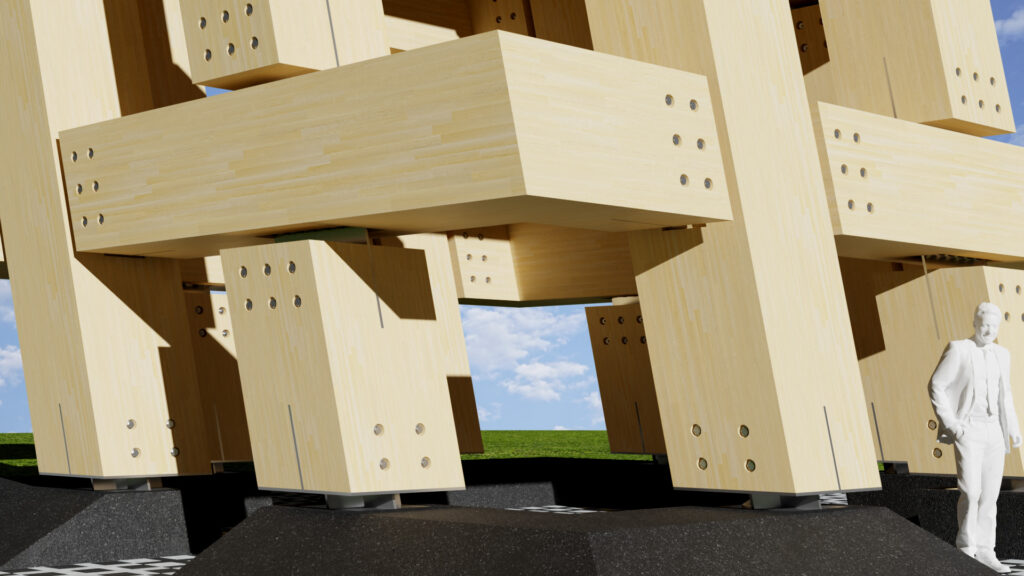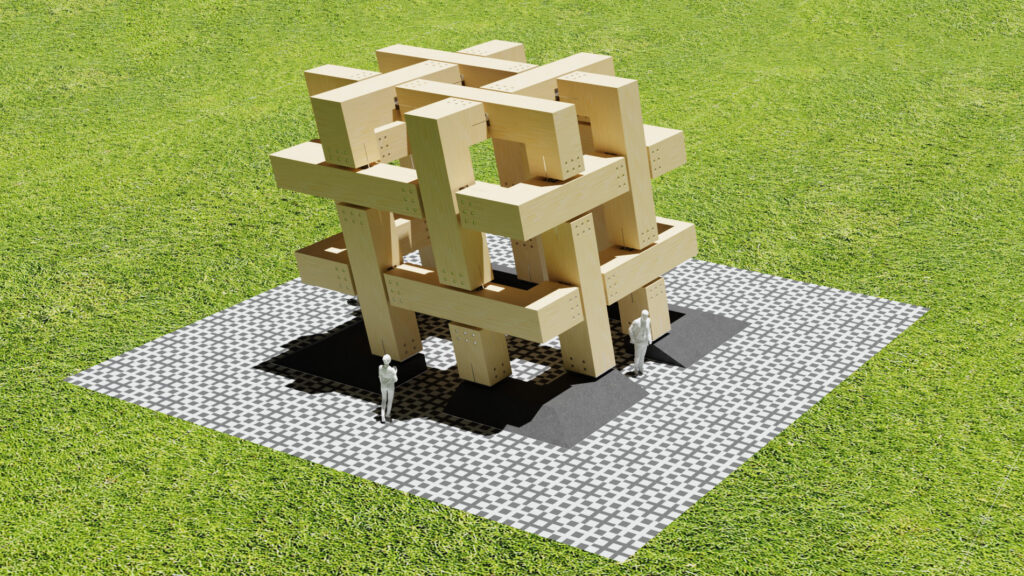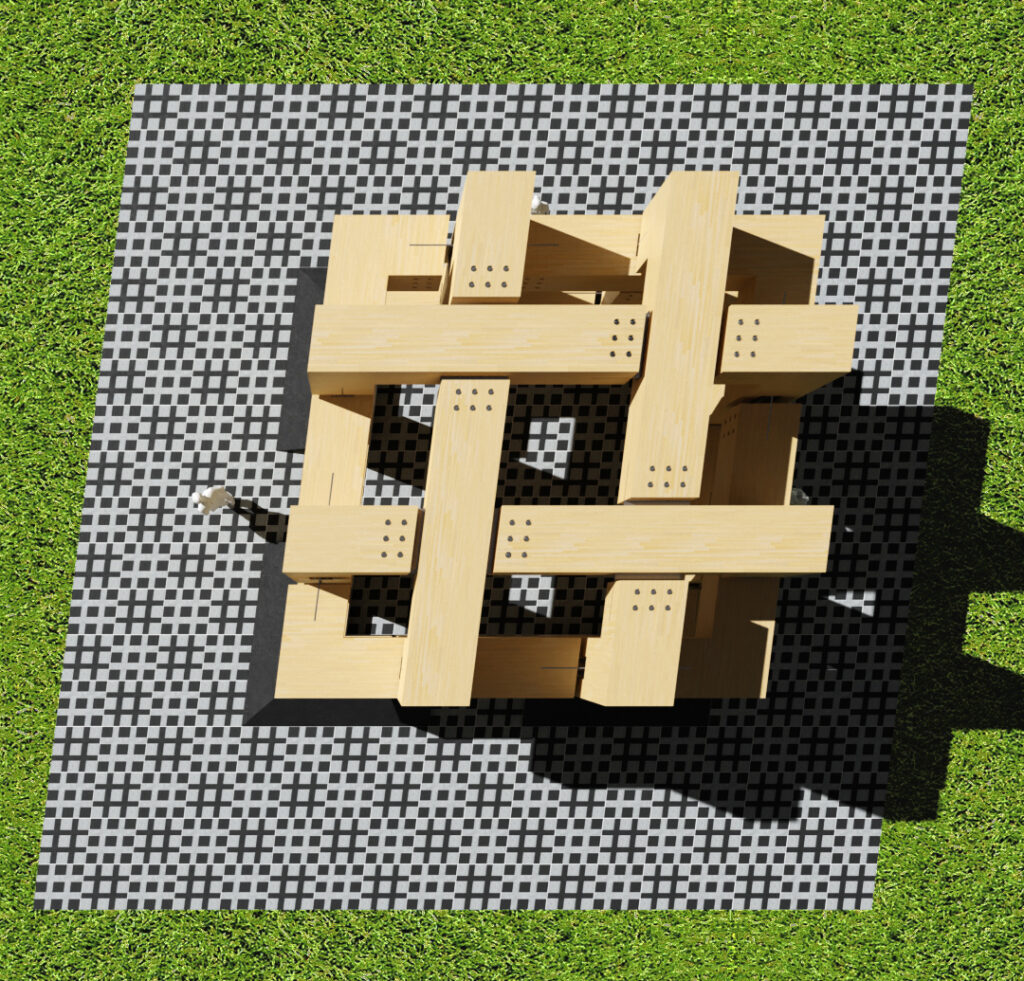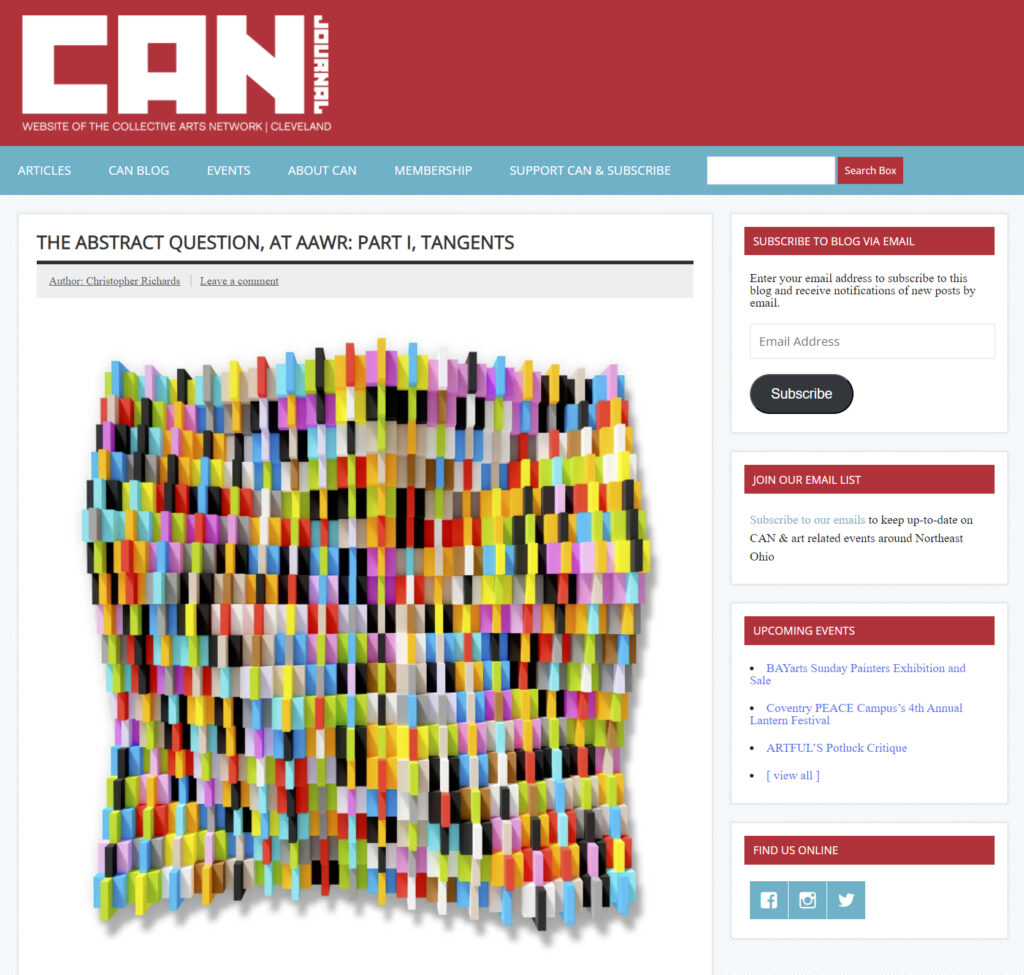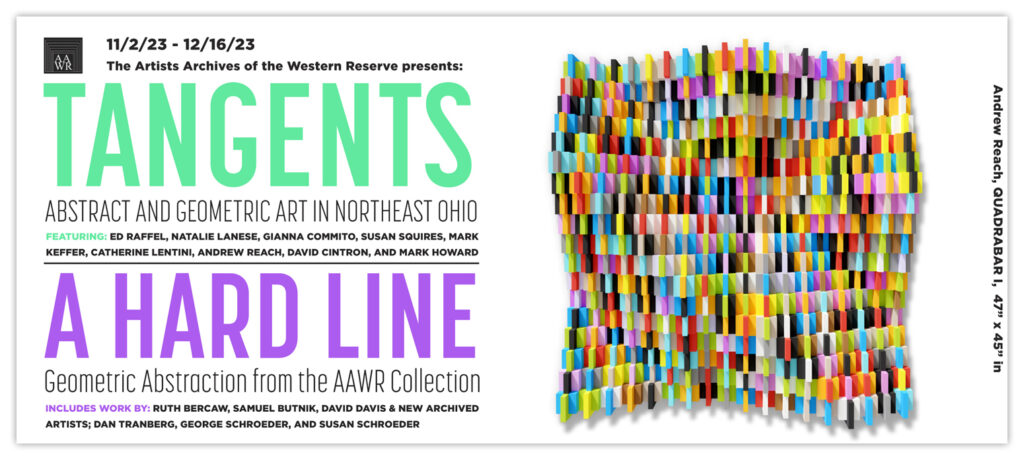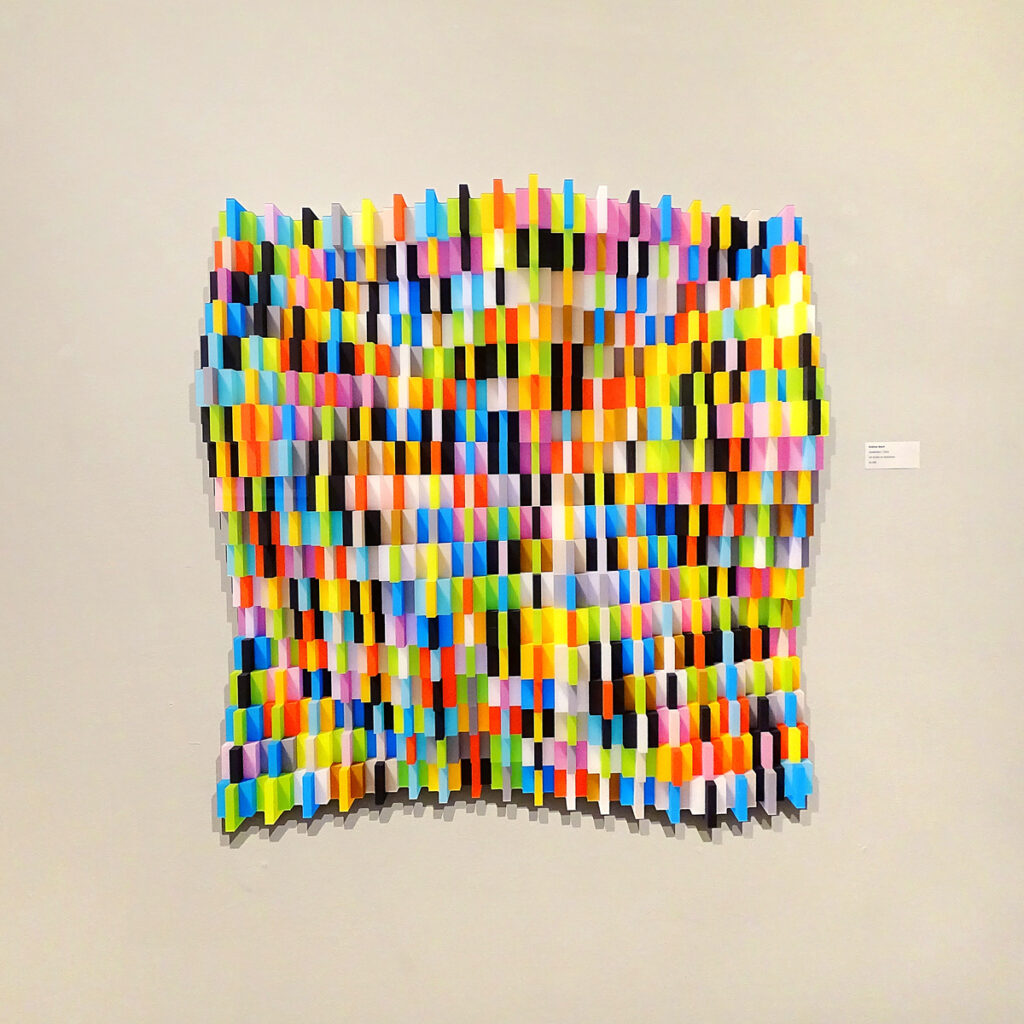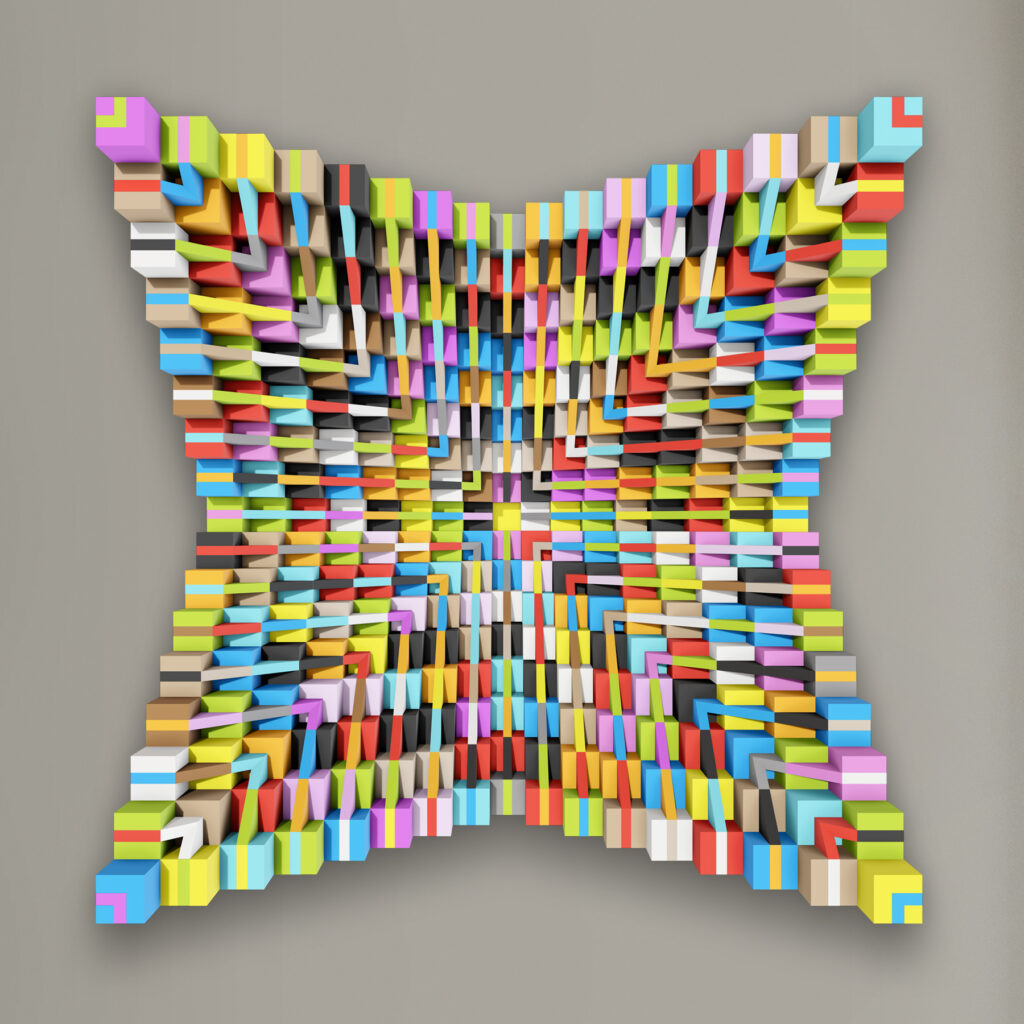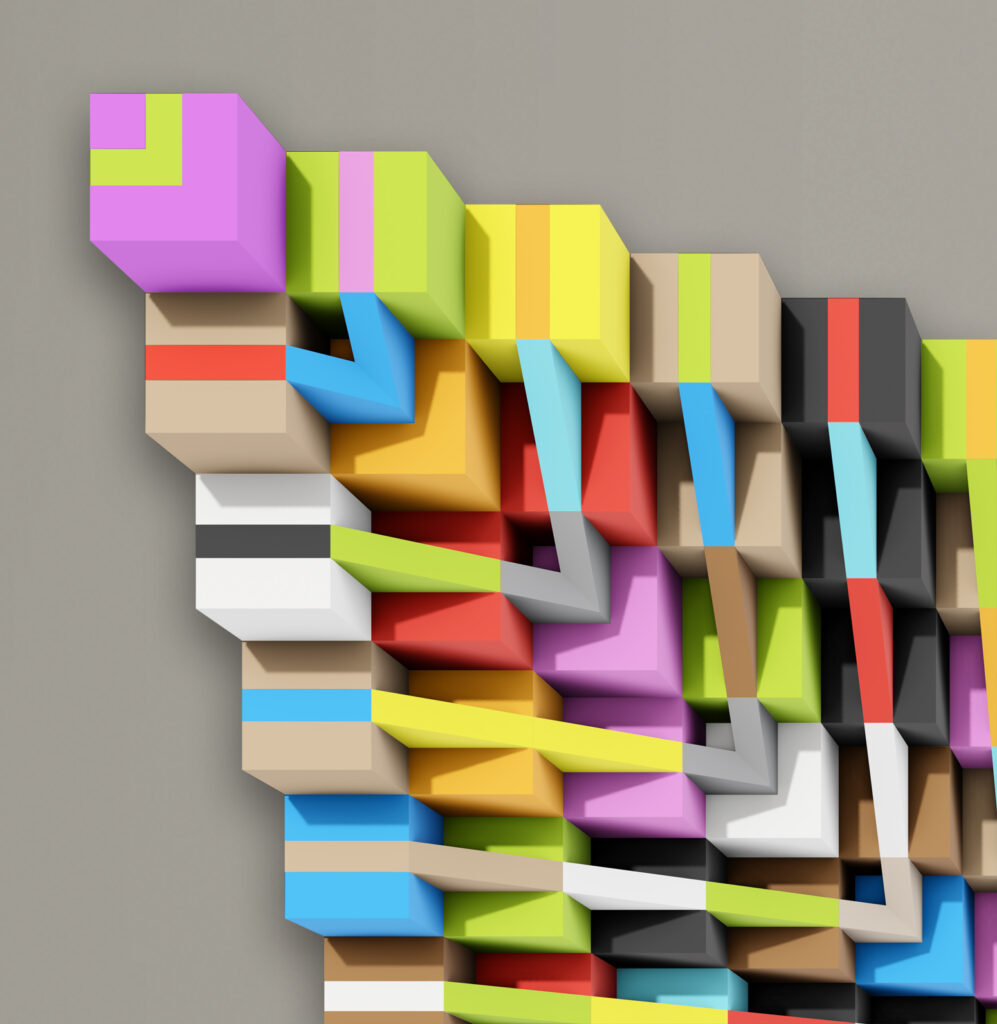The Ohio Arts Council 2023 Juried Biennial has traveled from its original location at the OAC’s Riffe Gallery in Columbus Ohio to the Medici Museum of Art in Warren Ohio. My work , QUADRAMID V, was created from a 3D structure, modeled in the 3D cad program Moment of Inspiration and rendered in the program Blender. Click here to see an animation of the 3d model. I’m honored to be included with this wonderful group of artworks from artist across the state of Ohio.
Over 1,600 pieces of contemporary art were submitted to Ohio Arts Council. Only 63 pieces were chosen for the exhibition.
The exhibit features different art mediums from installation to fiberwork. The exhibition runs to April 5th.
Special Thanks to Alex Jesko, artist and Curator at the Medici for these photos. On a side note, I discovered Alex Jesko’s art. He had a solo show at the Medici. His work is fantastic. Visit alexjesko.com to explore.
Click here to see gallery of all the artworks and Artist Statements in the exhibition.
Click on images to enlarge (except mobile devices)
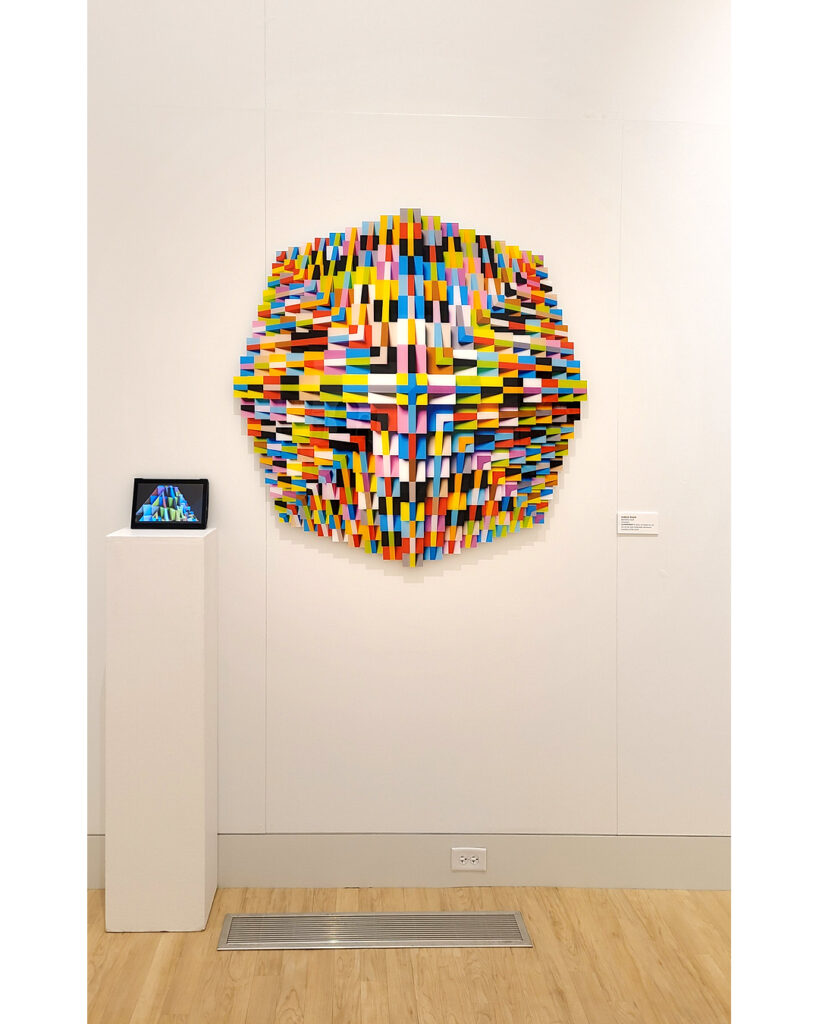
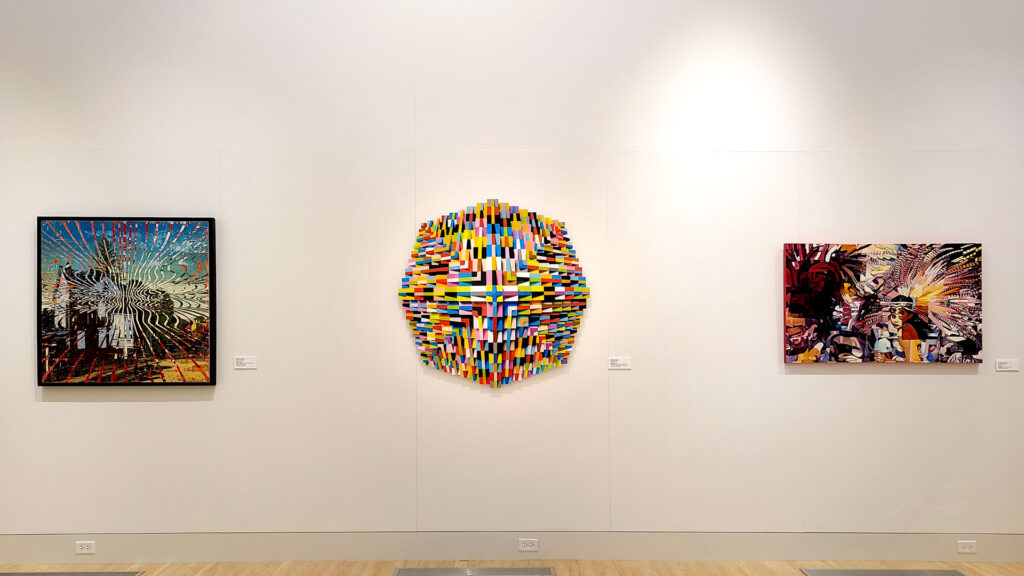
From left to right:
Zach Van Horn, “Empty House,” 2022, Oil and acrylic on paper mounted on wood panels and framed, 40″ x 40″ x 1.5″
Andrew Reach, “QUADRAMID V”, cnc cut uv inkjet on acrylic mounted to composite aluminum, 47.5″ x 47.5″ x 2″
Jennifer Geraci, “Energia,” 2023, Oil, 36″ x 48″ x 1.5″
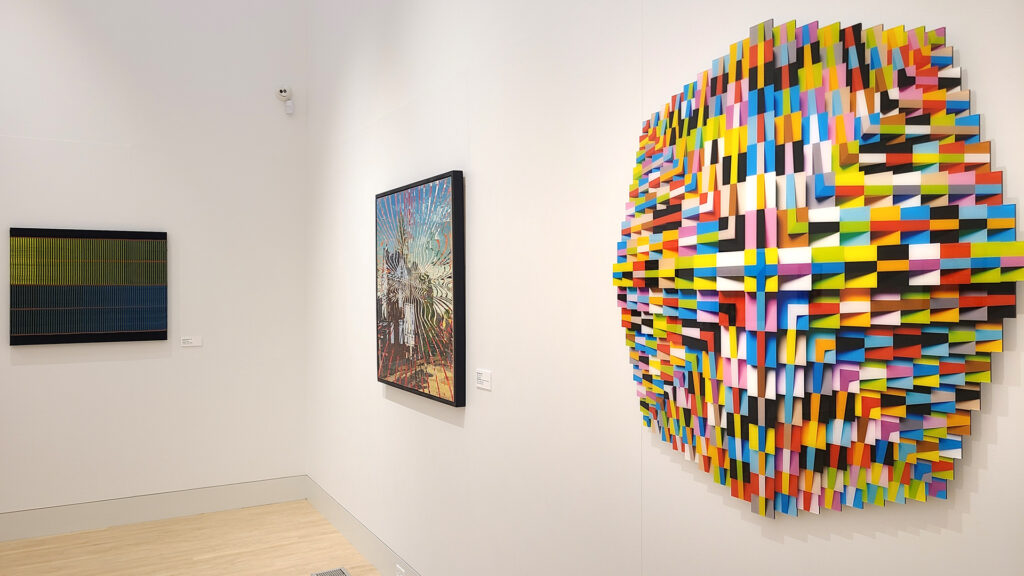
Left:
Molly Fitzpatrick, “Traveler,” 2022, Cotton, 24″ x 36″ x 2″
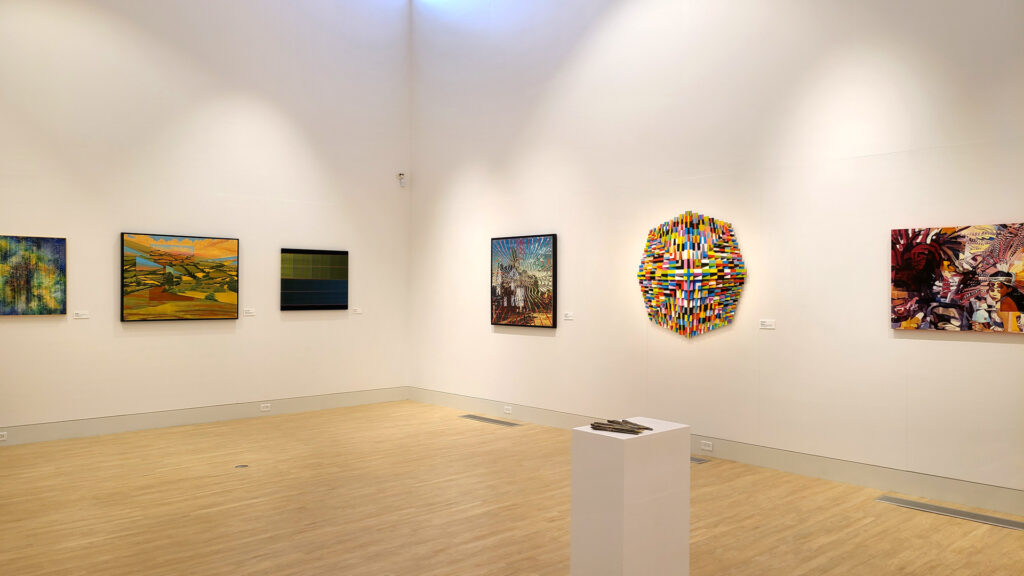
From left to right:
Kari Djuve, “When I Began to Remember,” 2023, Oil on wood, 29″ x 29″ x 1.5″
Bernard Palchick, “Liminal Space 28: Disconnect,” 2023, Oil paint and marker on linen, 36″ x 48″ x 2″
Molly Fitzpatrick, “Traveler,” 2022, Cotton, 24″ x 36″ x 2″
Zach Van Horn, “Empty House,” 2022, Oil and acrylic on paper mounted on wood panels and framed, 40″ x 40″ x 1.5″
Andrew Reach, “QUADRAMID V”, cnc cut uv inkjet on acrylic mounted to composite aluminum, 47.5″ x 47.5″ x 2″
Jennifer Geraci, “Energia,” 2023, Oil, 36″ x 48″ x 1.5″
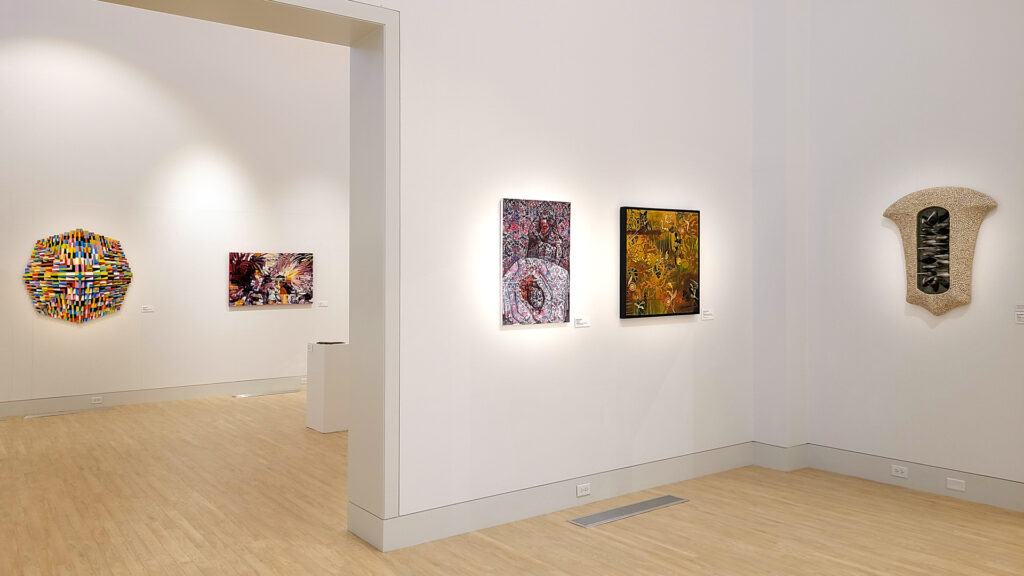
Foreground Room from left to right:
Elham Bayati, “Hidden Love,” 2022, Pen, 32″ x 22″
Jeanie Coy Auseon, “Together Again for the First Time 1,” 2023, Acrylic paints, fabric on wood, collage 30″ x 30″ x 1.5″
Ana England, “Protect,” 2022, Aqua resin, polystyrene, snail shells, burnished ceramic, flocking, and epoxy, 36″ x 30″ x 11″

From left to right:
Lynda McClanahan, “Swan Maiden,” 2023, Oil enamel on wooden tray, 28″ x 21″ x 1″
Nick Stull, “Kara in the Desert,” 2023, Oil, acrylic, aerosol, inkpen on canvas, 30″ x 24″ x 1.5″
Edward Phillips, “Shedding the Binds,” 2023, Oil, 20″ x 16″ x 1″
Kari Djuve, “When I Began to Remember,” 2023, Oil on wood, 29″ x 29″ x 1.5″
Bernard Palchick, “Liminal Space 28: Disconnect,” 2023, Oil paint and marker on linen, 36″ x 48″ x 2″
Molly Fitzpatrick, “Traveler,” 2022, Cotton, 24″ x 36″ x 2″
Zach Van Horn, “Empty House,” 2022, Oil and acrylic on paper mounted on wood panels and framed, 40″ x 40″ x 1.5″
Andrew Reach, “QUADRAMID V”, cnc cut uv inkjet on acrylic mounted to composite aluminum, 47.5″ x 47.5″ x 2″
Jennifer Geraci, “Energia,” 2023, Oil, 36″ x 48″ x 1.5″
Sarah Dugger, “Snip & Sip at Six,” 2021, Acrylic on oversized watercolor paper, 36″ x 42″ x 1″
(on pedestal) Cynthia Petry, “Unknown Series-Russell,” 2023, Knives with found photographs and bees wax, 14″ x 13″ x 3″
Aimee Lee, “The Walls Are No Defense,” 2022, Handmade abaca paper, monofilament, clips, 80″ x 97″ x 4″
David LaPalombara, “Frying Pan Hollow,” 2023, Oil on hardwood panel, 18″ x 24″ x 1″
Kasey Kania, “Shadow Over Bend,” 2022, Watercolor, oil pastel, and pencil, 18″ x 24″
Nicole Luga, “Cold in Cleveland,” 2023, Oil on panel, 25″ x 25″ x 2″
Raymond Ramos, “On A Cold COVID Night,” 2021, Oil, 49″ x 38″ x 2″
